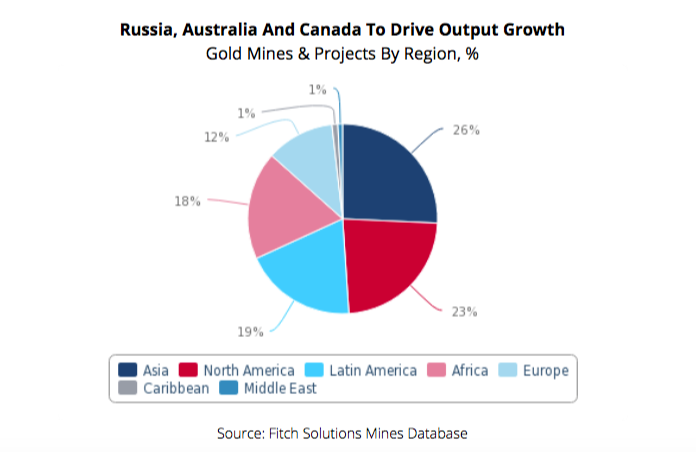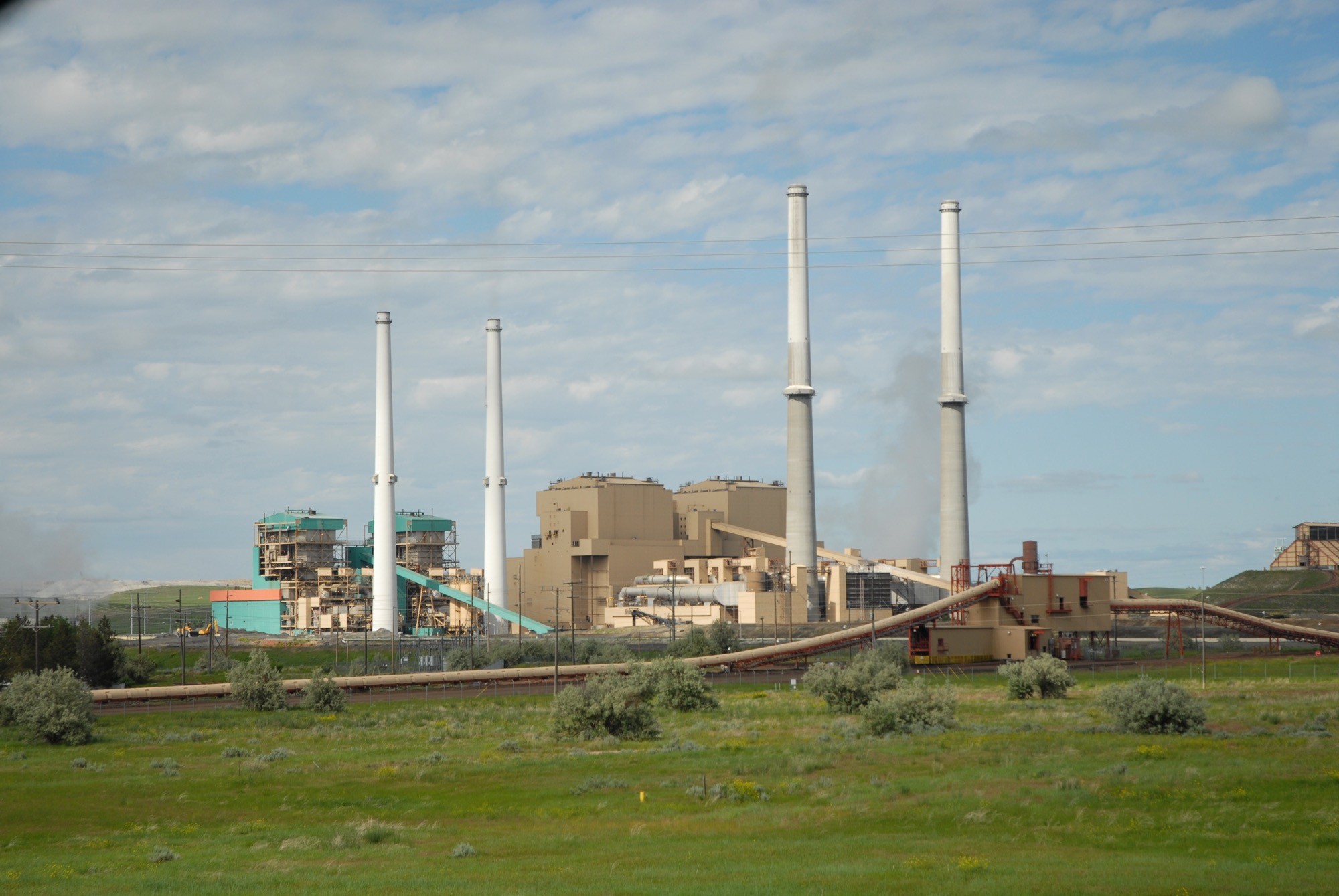Russia, Australia to drive global gold output growth – report

Global gold mine production growth will rebound in the coming years underpinned by higher gold prices and mergers between major mining firms, market analyst Fitch Solutions forecasts in its latest industry report.
Major mergers among global miners and an improving gold price outlook will boost global mine supply in the coming quarters, and Fitch forecasts global gold production to increase from 106moz in 2020 to 134moz by 2029, averaging 2.5% annual growth.
This would be an acceleration from the average growth of just 1.2% over 2016-2019, the analyst points out.
Fitch forecasts China’s gold production to remain roughly stagnant during 2020-2029, with an average annual growth rate of 0.2%.
Australia’s gold sector will see modest production growth over the coming years, supported by a strong project pipeline, rising gold prices and competitive operating costs. Fitch forecasts the country’s production to increase from 11.7moz in 2020 to 14.2moz by 2029, averaging 2.2% annual growth.
OZ Minerals is now on the second phase of development at its $916m Carrapateena copper-gold project, one of the largest mines being developed in Australia.
The mine will be a 4.25mnt per annum copper-gold underground operation, with an estimated life of 20 years. Life of mine average annual production is expected to be 65kt of copper and 67koz of gold.

Fitch expects Russian gold production growth to accelerate in 2020-2021 as domestic demand for the precious metal is buoyed by the possibility of further Western sanctions on state banks, which will respond by increasing their reserves of gold. In the longer term, Fitch expects gold production to be supported by a healthy project pipeline and forecast Russia’s gold output to grow from 11.3moz in 2020 to 15.5moz in 2029.
This would represent average annual growth of 3.7% during 2020-2029. This would see Russia overtake China as the largest gold miner, accounting for 11.6% of global output by 2029, compared with 10.6% in 2020.
The ongoing and expanding US sanctions on Russia will paradoxically support gold production in the country in the short term, Fitch predicts. The rising risk of Russian state banks being frozen out of dealing in US dollar-denominated assets all together as bilateral relations remain strained is pushing the Russian central bank to increase its holdings of gold.
More News
US excludes steel, aluminum, gold from reciprocal tariffs
The White House said steel and aluminum imports won’t be subject to reciprocal tariffs in a move that will provide at least some relief to domestic buyers already incurring 25% duties.
April 02, 2025 | 05:04 pm
Dirtiest US coal-fired power plant applies for EPA exemption
The Colstrip plant, located in eastern Montana, has the highest emission rate of fine particulate matter out of any coal-burning plant in the nation.
April 02, 2025 | 02:55 pm
{{ commodity.name }}
{{ post.title }}
{{ post.excerpt }}
{{ post.date }}



Comments